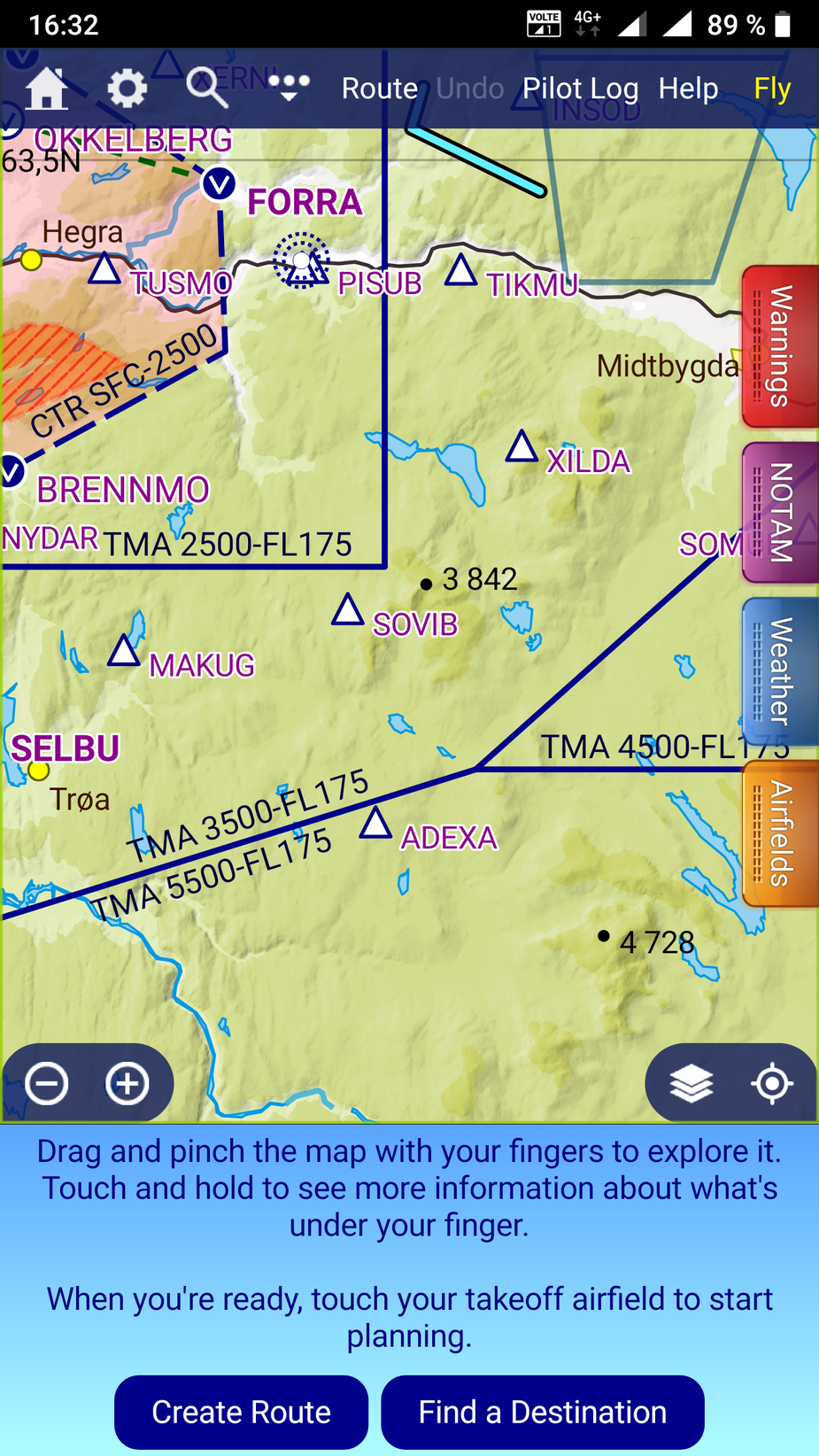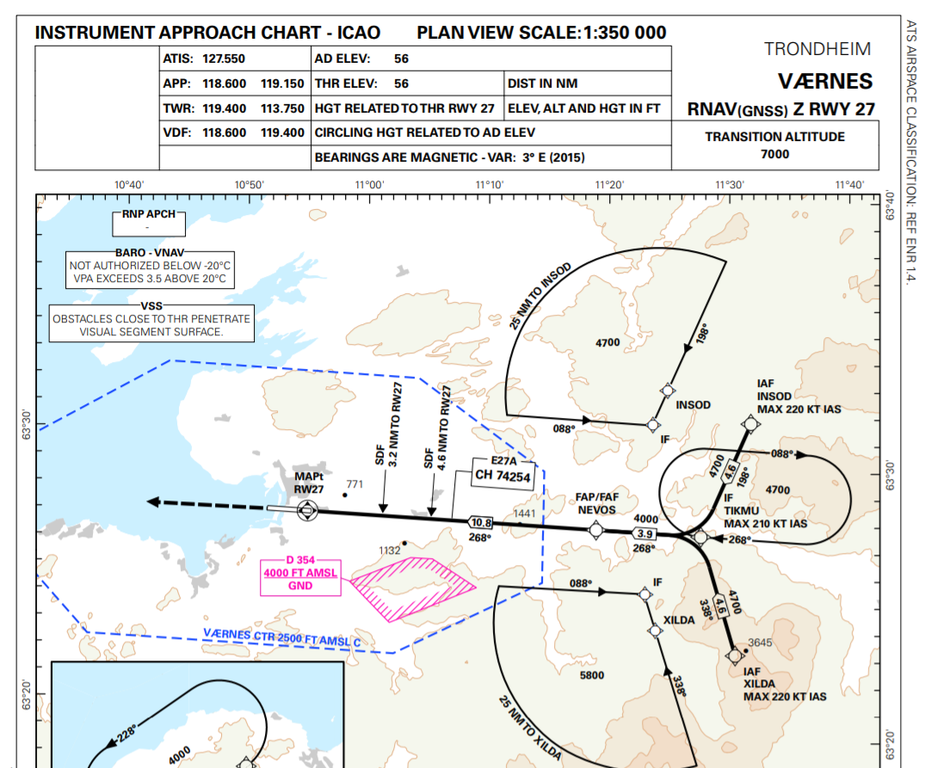Not in France either as in VFR above 3000 ft we fly thousands plus 500ft and then of course we have the semicircular rule as well. But the ATC are very helpful with transit clearances etc.
The UK specifically disregards that rule.
Indeed, but is it legal to do so though?
Granite vs airspace  Here is a real world example. The TMA starts at 3500 feet. The highest peek is 3842 feet (close to SOVIB). I fly there every so often.
Here is a real world example. The TMA starts at 3500 feet. The highest peek is 3842 feet (close to SOVIB). I fly there every so often.
Question. What would you chose: Granite or airspace wall ? 

but is it legal to do so though?
UK AOPA should be on the case, wouldn’t you think, James 

What would you chose: Granite or airspace wall ?
This is not a relevant comparison because nobody (but a fool) will be flying close to terrain like that in IMC.
Airspace is invisible…
UK AOPA should be on the case, wouldn’t you think, James
I shall ask! 
I spoke to a pilot who got busted. He spoke to the CAA man who runs the “busting policy” and asked why there is no margin for transponder error. The reply was (paraphrasing) “the transponder is very accurate”.
Any country which allows flight at 5000ft under a 5000ft-base CAS must allow for some transponder error. Typically this might be 200ft but there are different arguments around the figure.
And then what do you do about traffic in CAS, which can legitimately be at base+500ft. Their txp could be putting it 200ft low, i.e. 5300ft, so the separation against the OCAS traffic flying at base+0 could be as low as 100ft.
I wonder if anyone working in ATC would like to comment… How exactly does Sweden handle this?
Peter wrote:
How exactly does Sweden handle this?
I can ask people in ATC.
Peter wrote:
This is not a relevant comparison because nobody (but a fool) will be flying close to terrain like that in IMC.
The point was flying VFR  Would you continue at 3500 flying into granite, or fly up into the “airspace wall”.
Would you continue at 3500 flying into granite, or fly up into the “airspace wall”.
Anyway, the RNAV(GNSS) approach is exactly in that area:

The RNP approach is further west, but lower:

I wonder if anyone working in ATC would like to comment… How exactly does Sweden handle this?
It’s common practice in Germany as well. I took my initial training in Egelsbach which is located underneath Frankfurt C air space starting about 1200ft AGL. You usually fly right there. I don’t know how ATC handles this. @Caba will know for sure.
We do allow people to fly right up to the respective division level in Germany. Most of the airspace shelves start at x500ft and IFR traffic will usually be kept at IFR levels, e.g. at least 500ft above. TCAS-RAs can still be triggered with this vertical distance, so you have to be careful and keep an eye on VFR traffic.
Most IAPs also keep vertical distance to the division level, again usually at least 500ft. The SID´s can get into class E airpace on the minimum gradient, but in reality 99,99% of departures will be well inside protected airspace (where it is provided). @terbang, flying out of EDFE you can climb right up to 1500ft, but on the Delta-routing be prepared for possible wake turbulence from traffic departing from Frankfurt´s RWY18.
However, there´s one place where things can get dicey especially on nice summer days, and that´s FL100, the division level between class E and class C over most parts of Germany. As with all other division levels in the AIP there´s no clear statement whether FL100 is airspace E or C (not that it would be much better if someone flew at FL99), so you really have to be careful keeping an airliner at FL100 before letting it descend into our TMA´s airspace C. On days with very high thermals it´s good practice to keep IFR traffic at FL110+ if possible. I´m not so worried about the occasional single engine airplane cruising at FL100 (of FL99) since I can see them. But it´s still different with a lot of gliders, they´re still mostly invisible on the radar screen.
Last year DFS published a recommendation for VFR traffic to only go up to FL95 in order to achieve at least 500ft spacing.